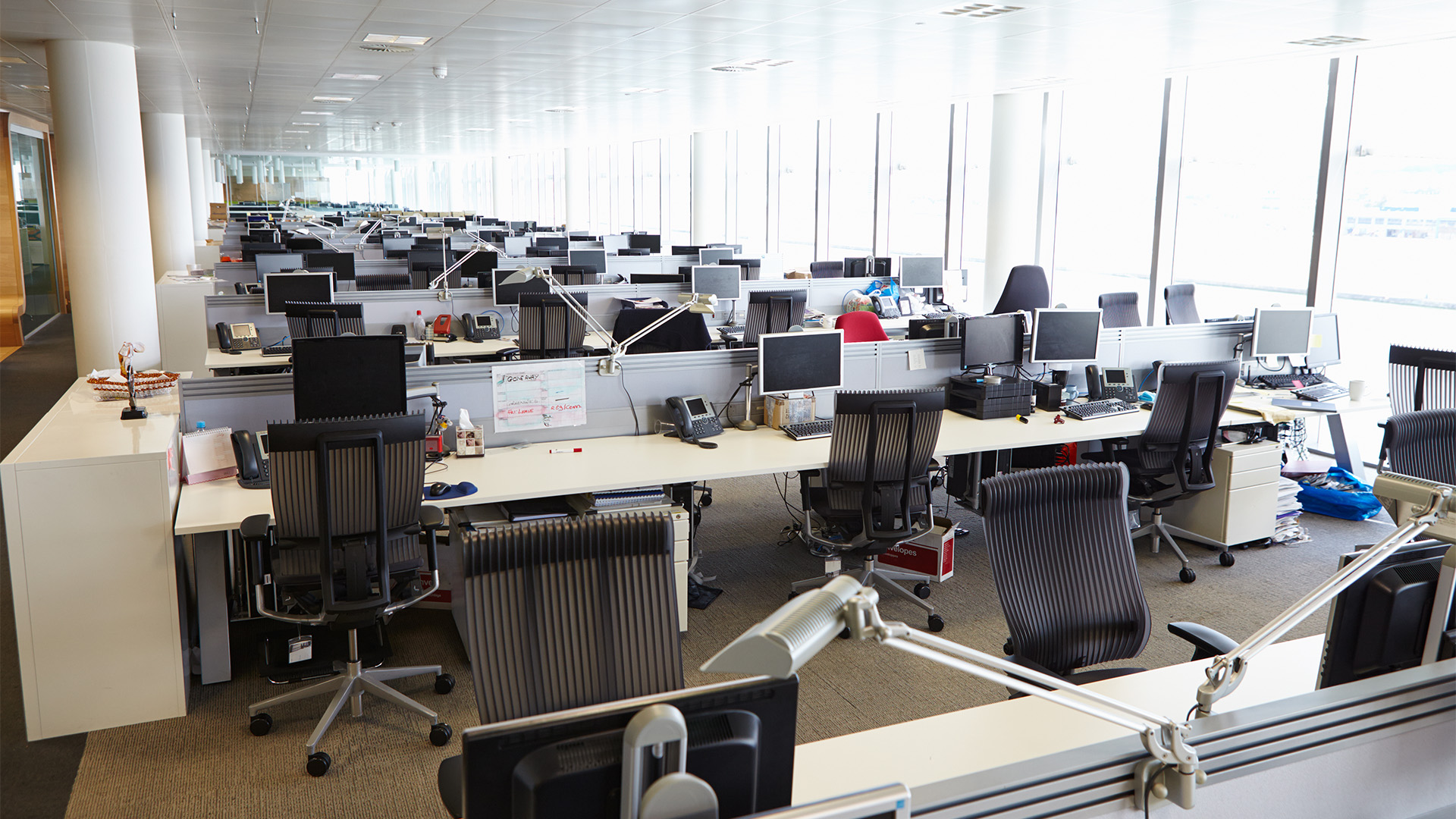The rising trend of remote work is reshaping the landscape of Australian office spaces, as corporates grapple with the question of how much real estate they truly need in a work-from-home world.
This paradigm shift is contributing to a surge in office vacancies, leaving landlords under increasing pressure.
Recent research from real estate firm JLL reveals that over 14% of Sydney's CBD offices are currently vacant, while the vacancy rate in Melbourne stands at 16.2%.
Michael Cook, CEO of Investa, one of the country's leading office building owners, acknowledges the challenges in this new era.
"Many companies are downsizing and still struggling with the demand from their staff to work remotely. This indicates a structural change, and it would be naïve to consider it merely a cyclical issue," Cook said.
Major corporations that traditionally occupied large office spaces are now adjusting to the reality of remote work preferences among their employees. Some are downsizing their office footprint, while others are embracing flexible work arrangements.
In Sydney, the Commonwealth Bank is set to exit its offices at Darling Park Tower 1 this year. This move will add to the already vacant 19,000 square metres in the Mirvac and GPT-owned building, potentially leaving a total of 30,000 square metres empty. The bank is also planning to hand back two floors of its office space at the nearby Darling Square next year.
However, this shift isn't merely a cost-cutting measure; companies are now prioritising flexibility and sustainability in their workplace strategies. Westpac is following a similar path, vacating nine floors, around 16,000 square metres, of its Kent Street office owned by Mirvac and ISPT. The bank is also subletting 10,000 square metres of its Barangaroo office space to Vodafone as part of its property footprint reduction plan.
Despite the prevailing challenges, some landlords, like Dexus, remain relatively unaffected. Dexus CEO, Darren Steinberg, emphasises the significance of prime locations and quality in retaining tenants. The company operates a sizable portfolio of office buildings in Sydney and Melbourne, including prestigious properties like Australia Square and Governor Phillip Tower.
Although some landlords may weather the storm, industry experts maintain caution about the future of office properties, especially with additional supply expected to hit the market in Sydney and Melbourne. The United States is facing a similar issue, with record amounts of vacant office space in Manhattan.
This changing landscape has prompted lower-grade office buildings to reimagine their strategies, offering more amenities and innovative solutions to compete with higher-grade properties. The competition for office tenants will likely intensify as companies adapt to new work arrangements.
Despite the uncertain outlook, there's a glimmer of hope for landlords, as the lack of new premium office towers becoming available could eventually help stabilise demand-supply dynamics. As companies embrace remote work and return office spaces, the market is presented with an opportunity to recover.
In this ever-evolving commercial real estate landscape, adaptability will be the key to success, as office spaces undergo transformation to cater to the new normal of remote work preferences.














